 Landscaping Trend - Color and effect on landscape lighting
Landscaping Trend - Color and effect on landscape lighting
Colors and their variations in tones are decisive in landscape lighting projects. The simple choice of a color, the variation of tone, the shape, focus and intensity with which it will be used can cause a radical change in a garden. But attention, what will determine if the change will be positive or negative, is the professional training of the landscaper responsible for the lighting of the project.
Knowledge is the secret when it comes to landscape lighting. It is essential to know a lot about lighting, to master several techniques, from the most basic to the most advanced, to learn about the equipment available on the market, to be always up to date on trends and of course it is essential to know a lot about colors to have satisfactory results .
The colors, tones and temperature of the light have different functions in landscape lighting. Each color provides a different result and feel. That is why it is necessary to know what each color is most suitable for, to meet the client's requirements and still surprise him.
Incredibly, many landscape designers who work with lighting often make mistakes in choosing colors and applying light because they do not have basic knowledge of lighting applied to landscaping, (see the Landscape Lighting course). Some have even been in the market for a long time, but because they are not updated they do not identify what they are doing wrong.
Thinking about the professionals in the landscape lighting sector, we have separated 5 types of lighting that exemplify the function of each color to obtain a harmonious result. Memorize the purpose of each one, invest in creativity and create extraordinary projects.
5 colors in landscape lighting
1. White lighting: This type of lighting is widely used to give more prominence to plants. For this purpose, cold white LED lamps such as 4000k should be used (be careful: lamps above 4000k, as they can overemphasize the vegetation).
2. Yellow lighting: Intensifies the feeling of relaxation. To achieve the yellowish effect, warm white LED lamps, such as 2700K or 3000k, should be used.
3. Green lighting: The green light is more appropriate when the focus is on vegetation, lawn and tree tops. But it should be used sparingly and ideally it should be used only in the foliage.
4. Orange lighting: The orange tones bring a balanced and refined effect. But just like green tones, they should not be overused. The amber color is widely used to achieve this effect.
5. Colorful lighting: Além da luz verde e da alaranjada, os outros tons não são muito aconselhados. Pois tendem a roubar o foco das plantas e até cair em uma composição kitsch.
Extra tip: The lower lighting adds sophistication to the landscape. To achieve this effect, reflectors, skewers and spots can be used.
These are just basic information about the colors of light, but although basic, they already give a good idea about how colors influence lighting. And remember, it is essential to study much more to know everything you need for a spectacular landscape and lighting composition.
By: Camila Torres
Leave suggestions for themes in the comments. We want to write to you!



 Landscaping Trend - Color and effect on landscape lighting
Landscaping Trend - Color and effect on landscape lighting 
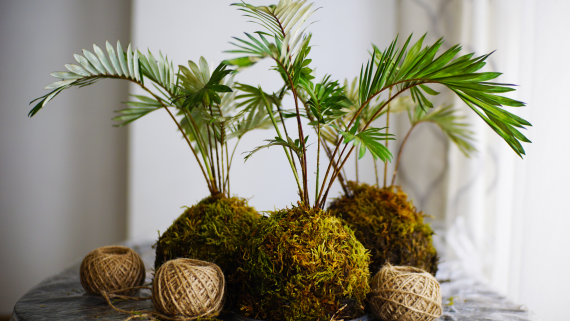
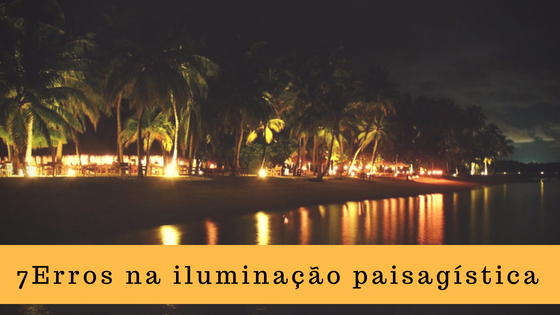
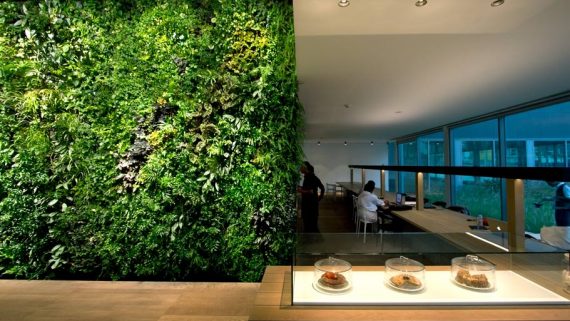
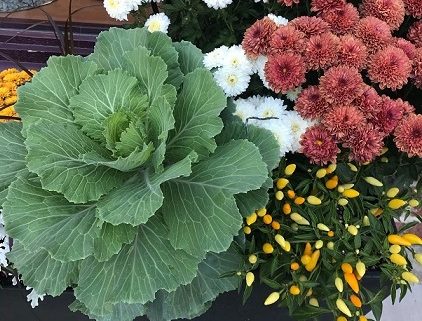
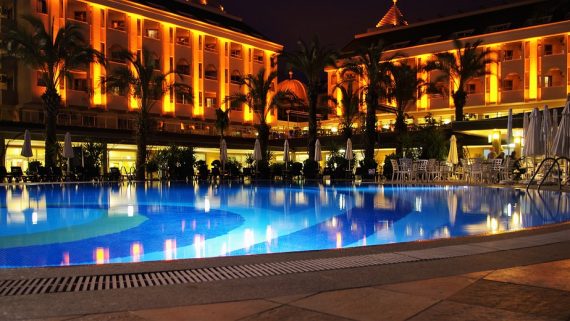
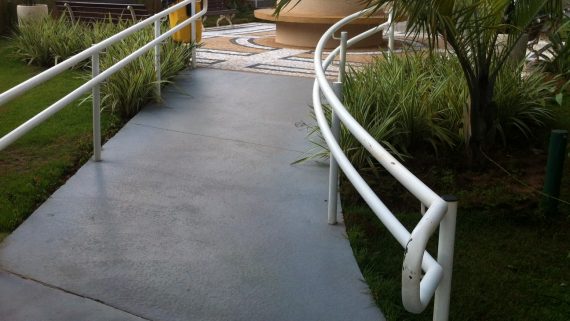
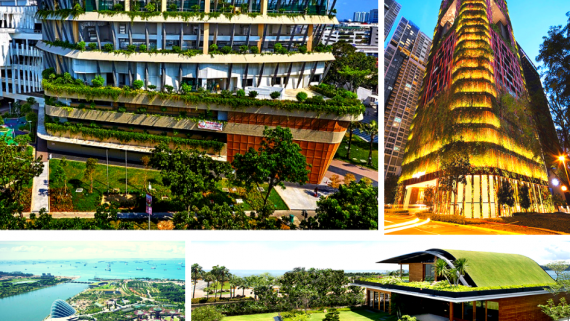
Comentários
No comments yet